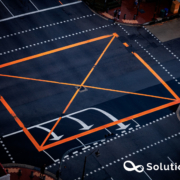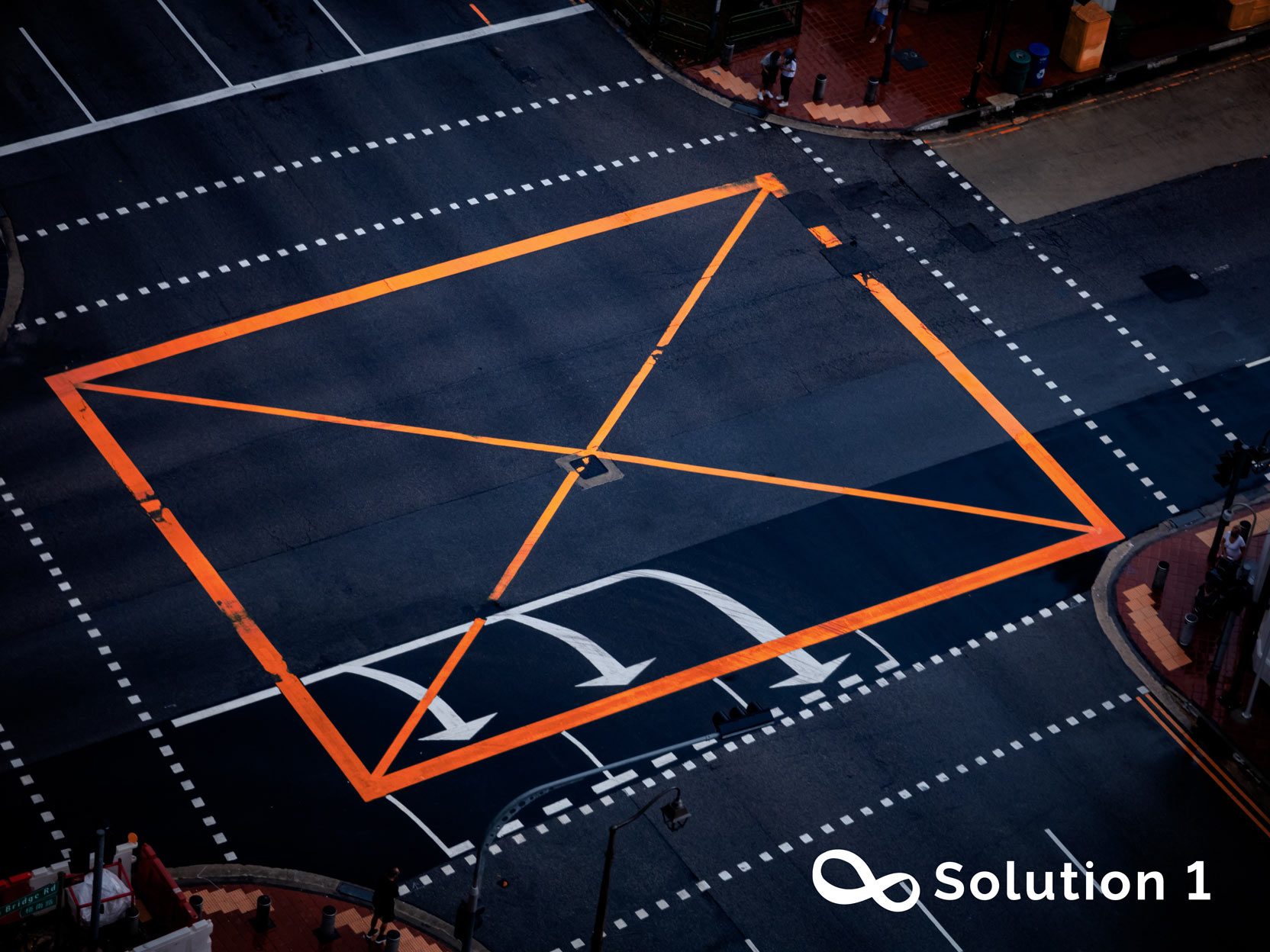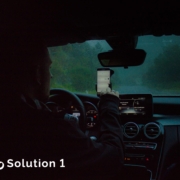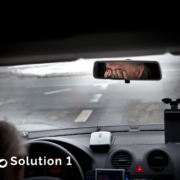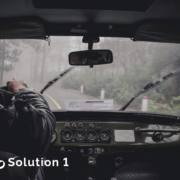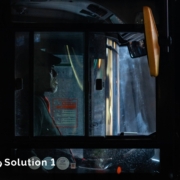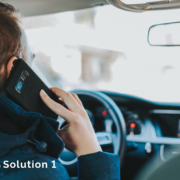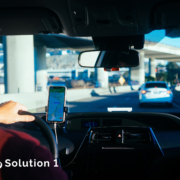The World Health Organization estimated that vulnerable road users represent more than half of all global road deaths.
Heavy vehicles are one of the most dangerous vehicles that bicyclists, encounter at an intersection, the blind spots of heavy vehicles can only be viewed through dedicated blind spot mirrors, or by means of cameras aimed at locations. For drivers, blind spots can be formed for various reasons, which can be mainly classified as A-pillar obstruction, moving object obstruction, building obstruction, terrain obstruction, and so on.
If failure of heavy vehicle drivers to scan blind spot mirrors or cameras before making a turn at an intersection can lead to serious crashes with vulnerable road users, such as cyclists and pedestrians aiming at traveling straight ahead. In 2007, the European Union estimated that 400 people are killed in blind spot crashes in Europe every year, most of them being vulnerable road users.
After that, several European studies have mentioned blind spot crashes. Experts analyzed collision files in London involving bicyclists. They found that of the 53 fatalities and seriously injured in the sample, 51% had a heavy vehicle as a collision opponent, of which 30% were concerned about the blind spot scenario with a truck turning left across the path of the bicyclist. A study found that on average 9 bicyclists lose their lives in a blind spot crash with a heavy vehicle every year in the Netherlands.
Heavy vehicles turning right into a bicyclist’s path proved to be the most frequently occurring fatal accident type in urban areas. Most blind spot crashes between heavy vehicles and bicyclists appear to occur at urban intersections. In addition, experts found that blind spot crashes typically occur when a right-turning maneuver by a heavy vehicle is preceded by a full stop. Since 2007, new heavy vehicles have been equipped with several blind spot mirrors to assist the driver, or with cameras and displays offering a similar view. Wide-angle exterior mirrors cover a wide area behind the cabin.
Heavy vehicle drivers should check if other road users are present just before and upon entering the intersection, and in case of making a turn, additional attention is prescribed for other road users in the blind spots of the vehicle during driving, because they may be faced death threat with the heavy vehicle.
Why do heavy vehicle drivers involved in blind spot crashes not see a bicyclist? Experts mention three potential causes for it. First, the driver may have looked in the direction of the bicyclist, but failed to see the bicyclist. Second, the driver may not have looked at the mirrors, such as, because the driver’s attention was captured by the presence of road users elsewhere, in line with a study on car drivers. Third, the driver may have checked the blind spot mirrors, but not at the moment during which the bicyclist was visible in the corresponding mirror.
These instructions imply that heavy vehicle drivers should cast a glance upon their blind spot mirrors at least once before a right-turning maneuver is initiated, and at least once during the maneuver. However, drivers have been found failing to identify vulnerable road users in the blind spot of their heavy vehicles in the majority of fatal and serious crashes.

